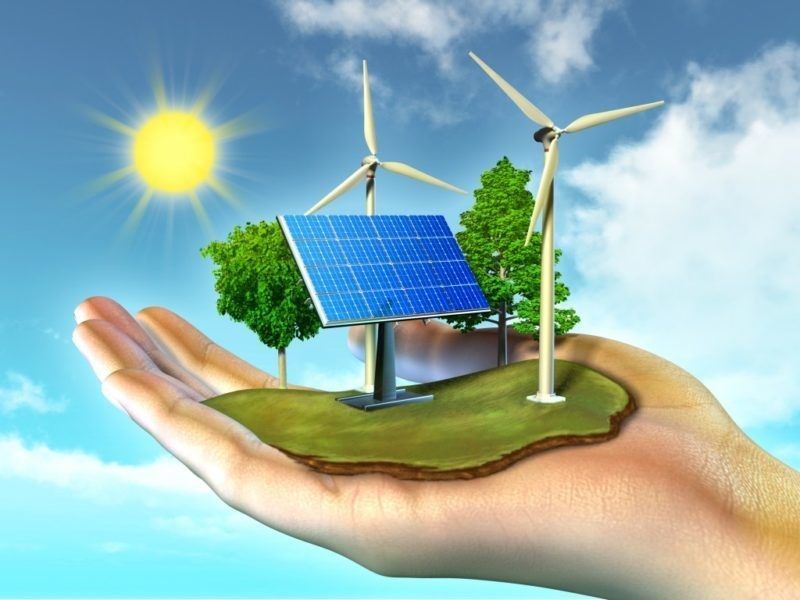Climate change is an urgent global crisis that requires immediate action. The need to reduce our reliance on fossil fuels and pivot towards renewable energy sources has never been more apparent. Renewable energy initiatives are at the forefront of what is known as the Green Revolution, and they are shaping a greener tomorrow for all of us.
In this article, we explore the power of green and clean energy initiatives, practical steps to embrace reliable energy solutions, and explore how they are shaping a sustainable future.
The Urgency of the Green Energy Movement
The consequences of climate change cannot be ignored. Rising temperatures, extreme weather events, and the loss of biodiversity are just a few of the devastating impacts we face if we do not take action now. The urgency to combat climate change is clear, and green energy initiatives are key to mitigating its effects.
The Rise of Renewable Energy
Renewable energy has experienced a remarkable surge in recent years. Around the world, countries are investing heavily in wind, solar, hydroelectric, and other renewable energy sources. This investment is paying off, as the share of renewable energy in the overall energy market continues to grow.
Solar power, in particular, has seen significant advancements and is becoming increasingly accessible. The falling costs of solar panels, coupled with improved technologies, have made solar power a feasible option for many households and businesses. By harnessing the sun’s energy, solar power offers a clean and sustainable source of electricity.
Wind energy has also proven to be a force to be reckoned with. Wind turbines, towering above the landscape, silently harness the power of the wind to generate electricity. The environmental benefits of wind power are immense, as it produces zero greenhouse gas emissions and utilizes an abundant resource.
Hydroelectric power, derived from the force of flowing water, has been used for centuries. Large-scale hydroelectric power plants have made significant contributions to renewable energy generation. However, small-scale hydroelectric projects are also gaining traction, providing localized solutions and promoting self-sufficiency in energy production.
The Promise of Renewable Energy Initiatives
The potential of renewable energy initiatives is vast. Solar power, wind energy, and hydroelectric power are just the beginning. Emerging technologies in geothermal and tidal energy show immense promise for the future.
Solar energy, due to its widespread availability, can be harnessed in almost every corner of the planet. With advancements in energy storage technologies, excess solar energy can be stored for use during cloudy days or at night. This makes solar power a reliable and consistent source of electricity.
Wind energy has already made significant contributions to global renewable energy capacity. Wind turbines are popping up across landscapes, both onshore and offshore. The potential for scaling up wind energy generation is enormous, allowing us to tap into this abundant and clean resource.
Hydroelectric power, while it has limitations regarding environmental impact, holds great promise for sustainable energy generation. Many large-scale hydroelectric projects have become iconic structures, contributing significantly to renewable energy generation. Smaller-scale hydroelectric projects, such as micro-hydropower systems, can empower local communities and promote self-sufficiency.
The Future of Renewable Energy Initiatives
The future of renewable energy looks brighter than ever. As technology continues to advance, new opportunities are emerging. Geothermal energy, harnessing the heat from the Earth’s core, holds significant potential for clean energy generation. Tidal energy, derived from the ebb and flow of the ocean tides, is also being explored as a renewable energy source.
Investments in renewable energy initiatives are crucial to continuing this wave of change. Governments, businesses, and individuals must prioritize funding for research and development, infrastructure improvements, and policy support. Supporting renewable energy initiatives not only leads to a greener future but also creates jobs and stimulates economic growth.
In Conclusion
The Green Energy Movement is in full swing, and renewable energy initiatives are at its forefront. By shifting our reliance from non-renewable energy sources to clean and sustainable alternatives, we can make significant progress in combating climate change. Solar power, wind energy, hydroelectric power, and emerging technologies all play a crucial role in shaping a greener tomorrow.
Together, we can ride this wave of change and create a future built on renewable energy. Let us embrace the Green Energy Movement and make a positive impact on our planet and future generations. The time to act is now.
 Risk Takers’ Playground: Navigating the Highs and Lows of Hedge Fund Hype
Risk Takers’ Playground: Navigating the Highs and Lows of Hedge Fund Hype  Learn More About Binance
Learn More About Binance  Mastering the Stock Market: Insights from a Professional Investor – Kavan Choksi Professional Investor
Mastering the Stock Market: Insights from a Professional Investor – Kavan Choksi Professional Investor 

